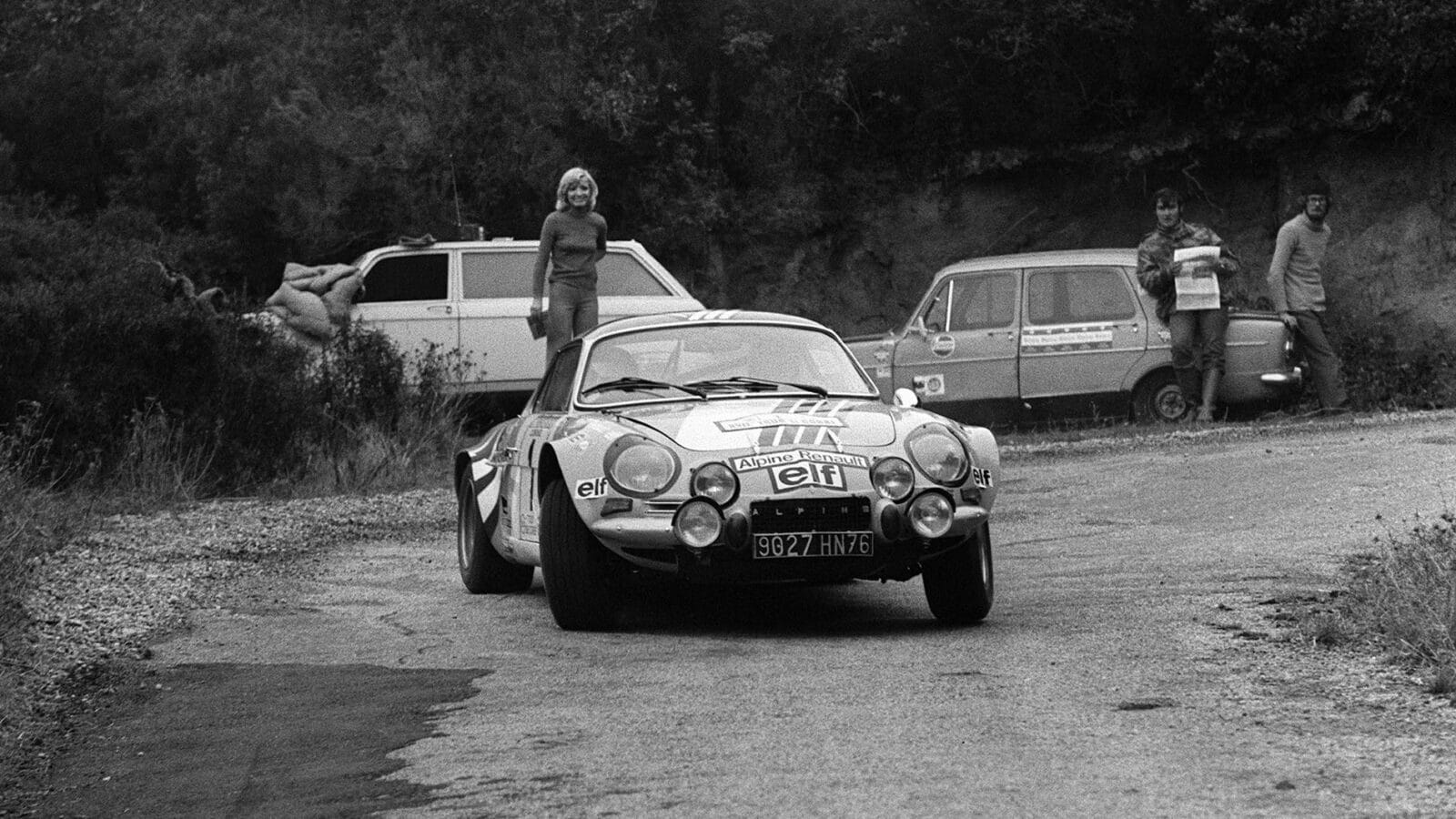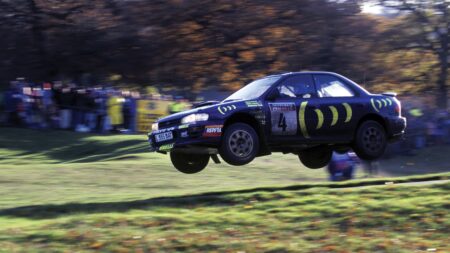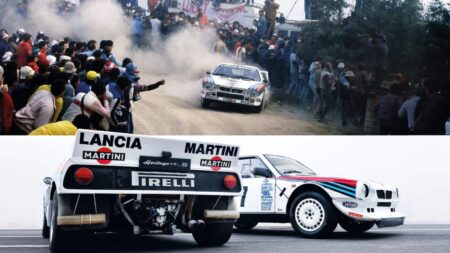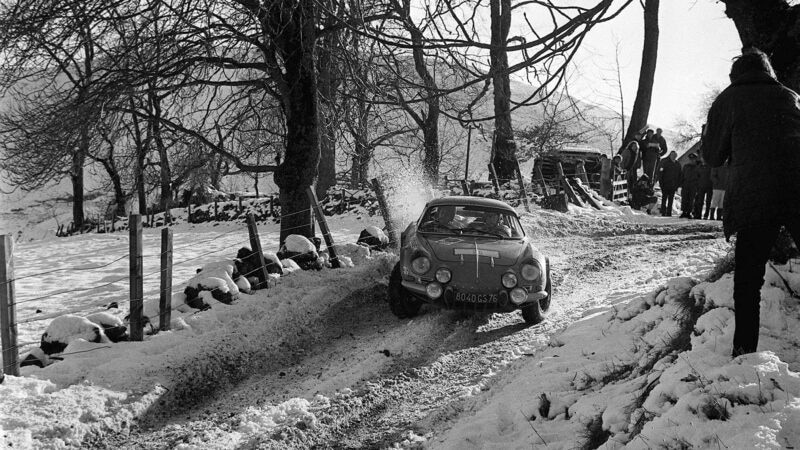But he wanted to make his own cars. He already had a deal with his friend Louis Pons to have five-speed gearboxes with dog-clutches built into 4CV housings. He now approached Italian designer Michelotti to design an aluminium body that fitted onto a 4CV platform. The car was called a Redele Special. He contested three national events with it, winning on each occasion. He then sold the manufacturing rights to an American. It was to be called ‘The Marquis’, but the project never came to fruition.
Back in France, Redele approached the Chappe brothers, who had the fibreglass expertise to make a similar car based on some 1952 sketches by Michelotti. Redele decided to call his manufacturing company Alpine after winning a Coupe des Alpes in 1954 with his faithful 4CV. The new car was given the number A106, with the Franglais suffix of Mille Miles. It is not certain where the numbering system came from, but it is probably significant that Redele had won his class in the 1953 Mille Miglia at an overall average of exactly 106kph.
The A106 was formally launched in July 1955 and soon became the favourite mount of motor-sporting Frenchmen. It won its class on the Mille Miglia, the Tour de France and in countless rallies. A whole generation of senior rallymen cut their teeth with it: Henri Greder, Jacques Feret, Guy Verrier and Jean Vinatier to name but a few.
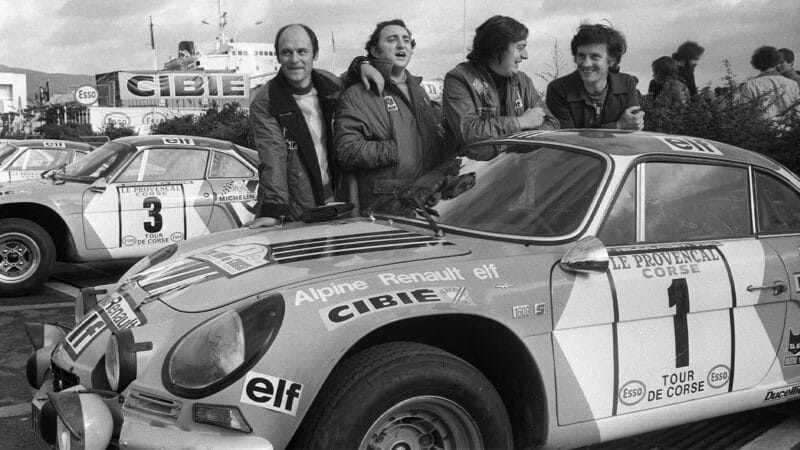
Left to right: Darniche, Nicolas, Terrier and Piot
Getty Images
In October 1957, the A108 was launched. Like its predecessor, it was based on Renault components, but now Redele had the Dauphine to draw upon. The result was a car that, at first glance, looks like an A110. By this time, both models were available with a wide range of engines 747cc, 850cc, 904cc and levels of tuning ranging from 40 to 70bhp.
Then came the A110 that represented new thinking. It was not just a fibreglass body added to a conventional chassis the two were built as one. This was a superb, compact car that benefited from the running gear of, first, the Dauphine, then the R8.
